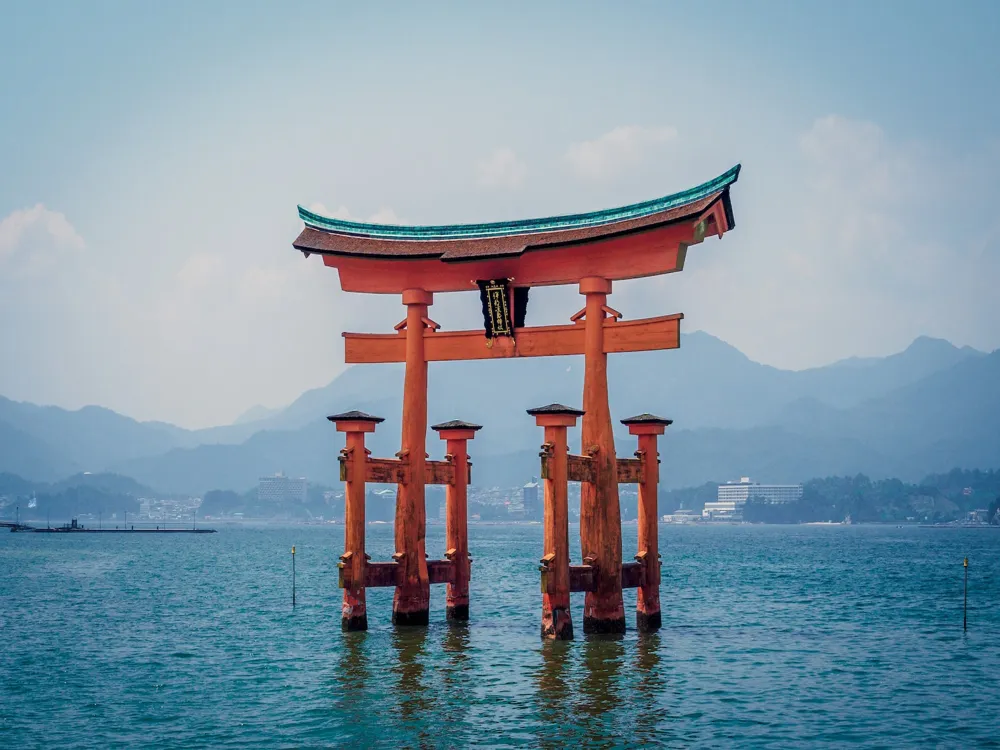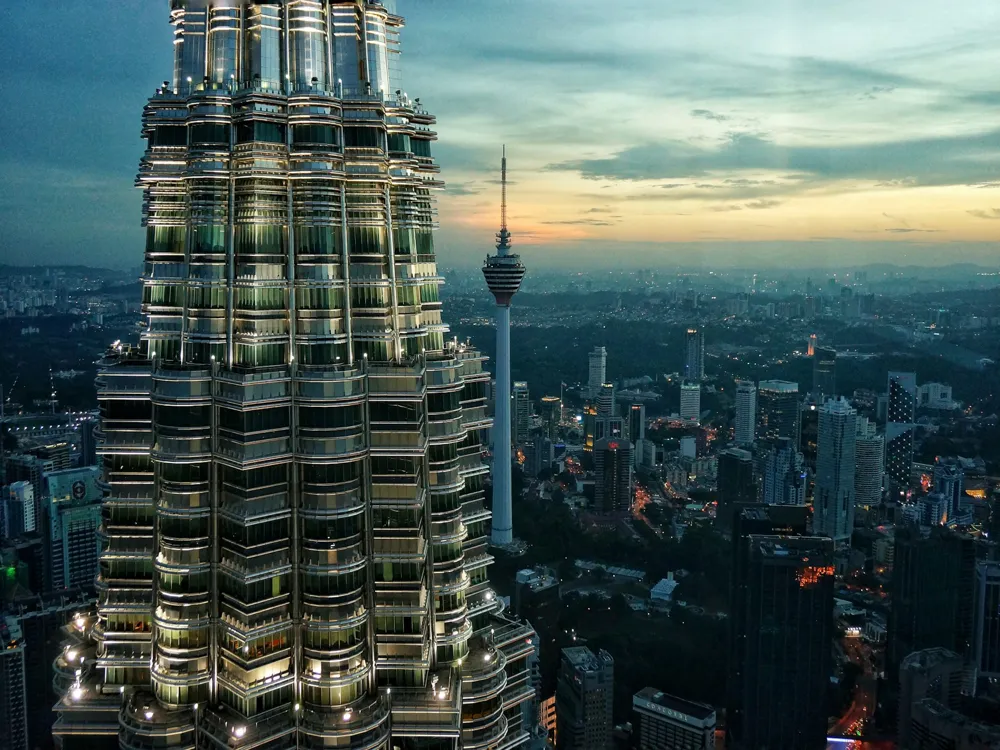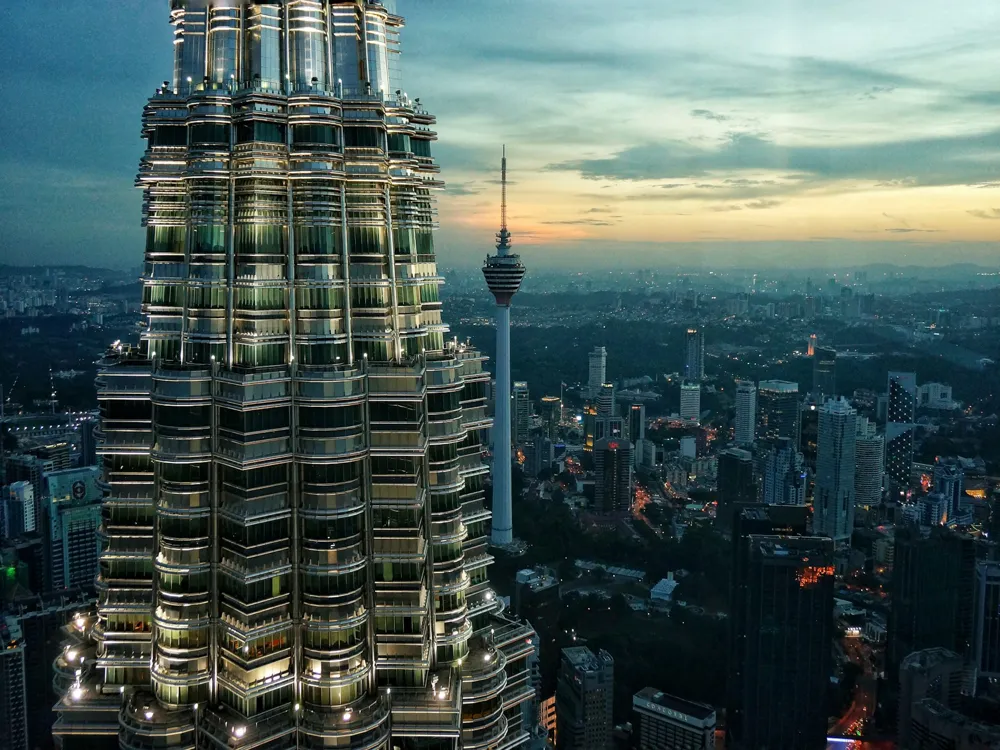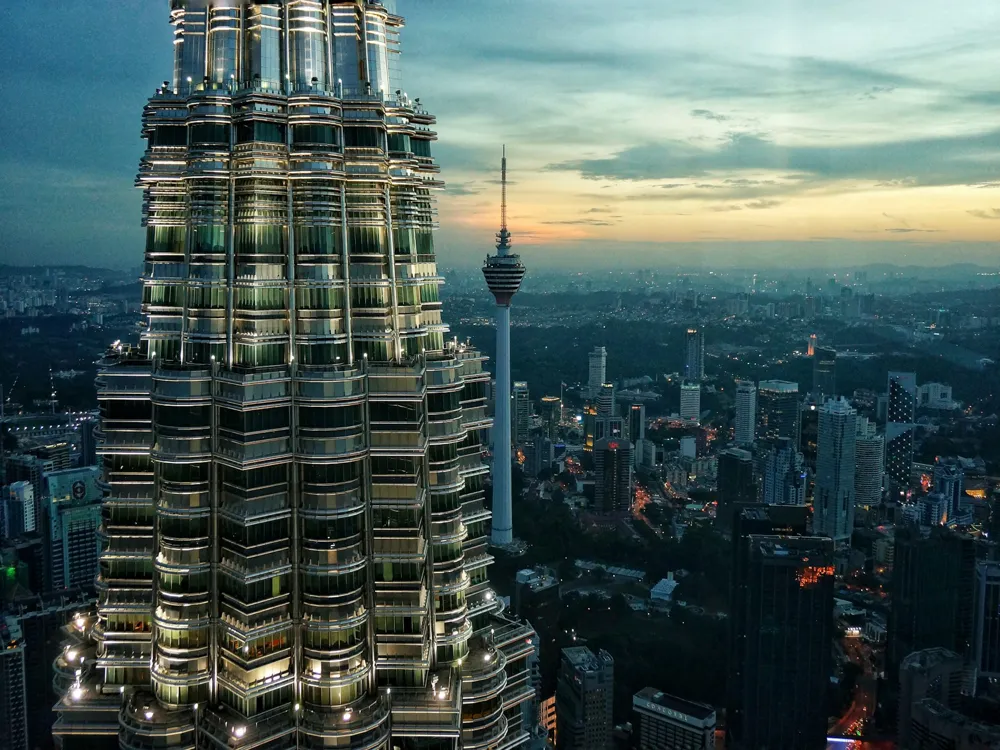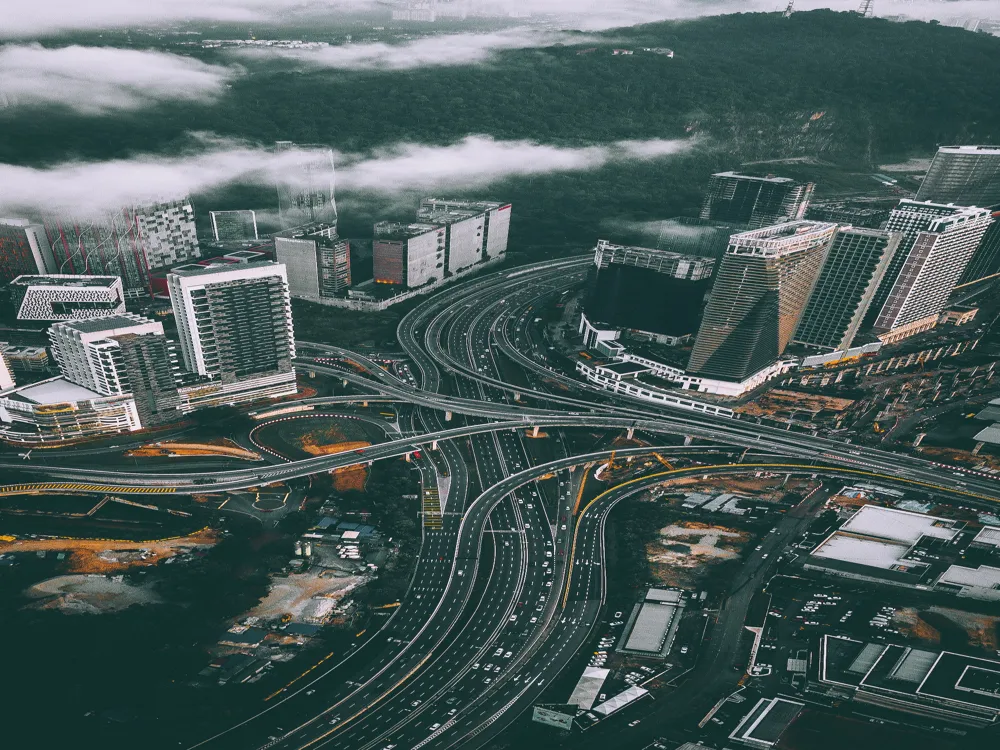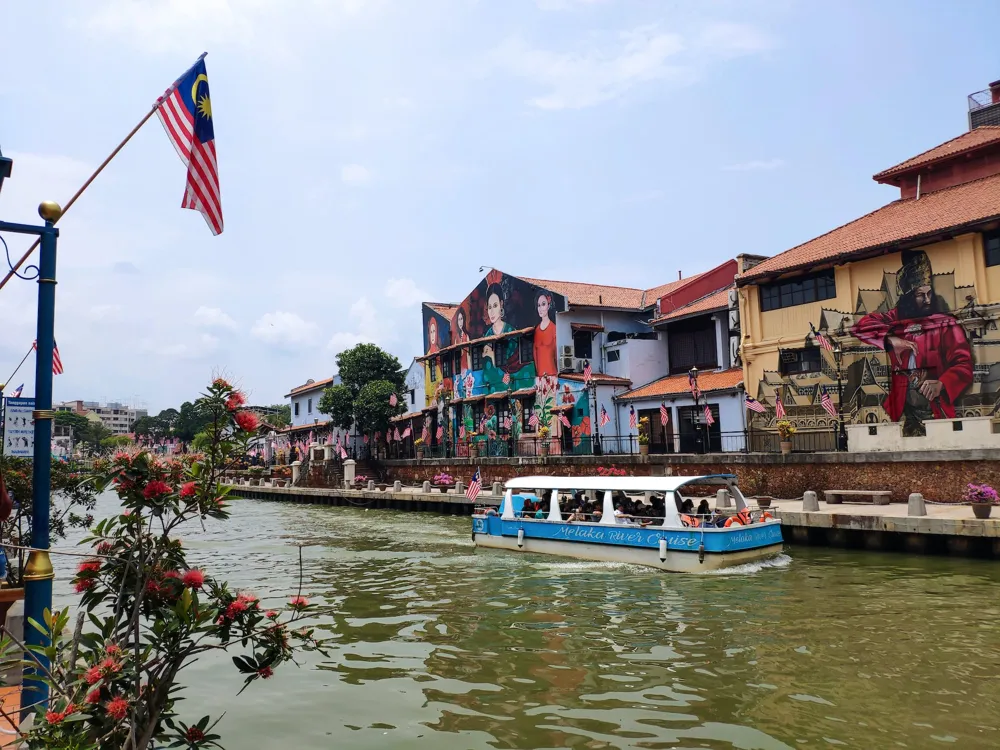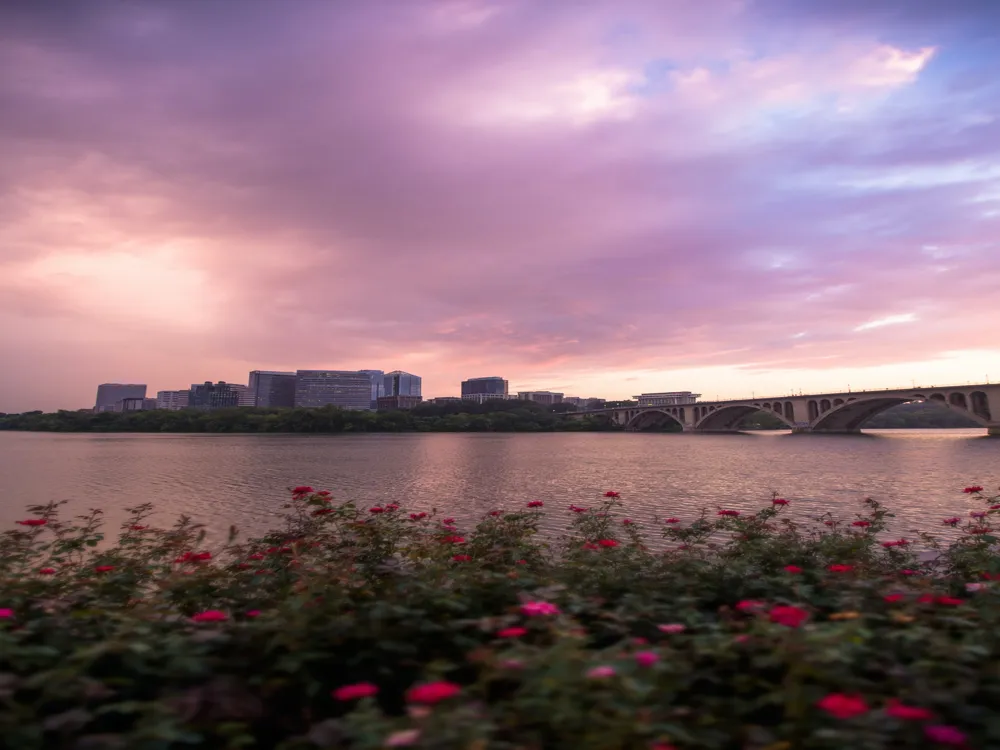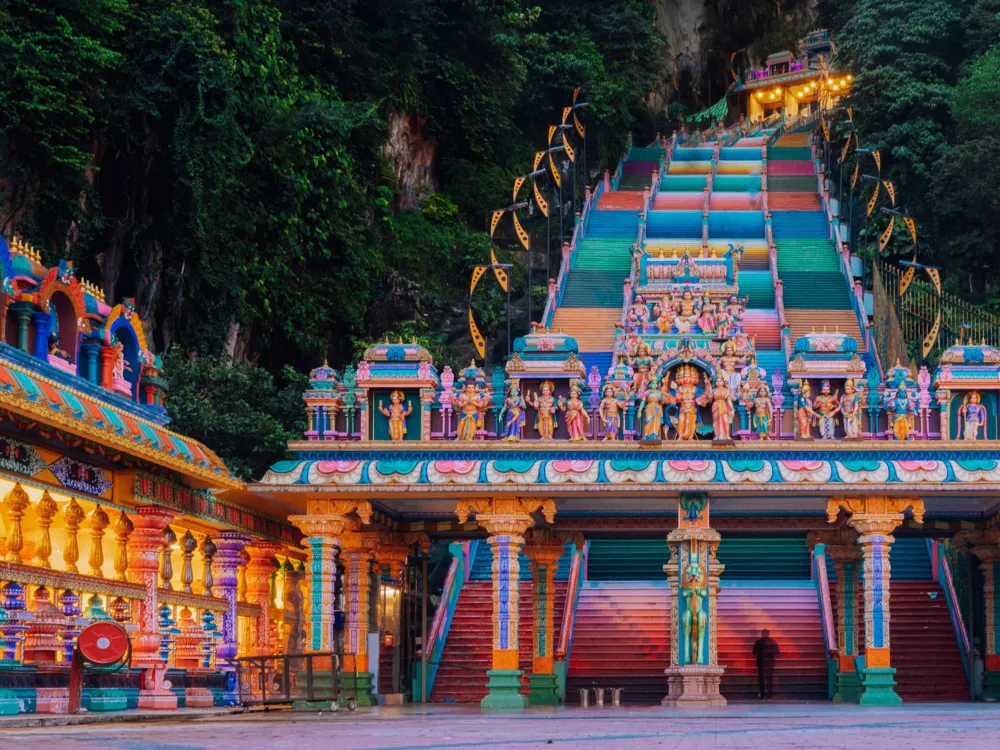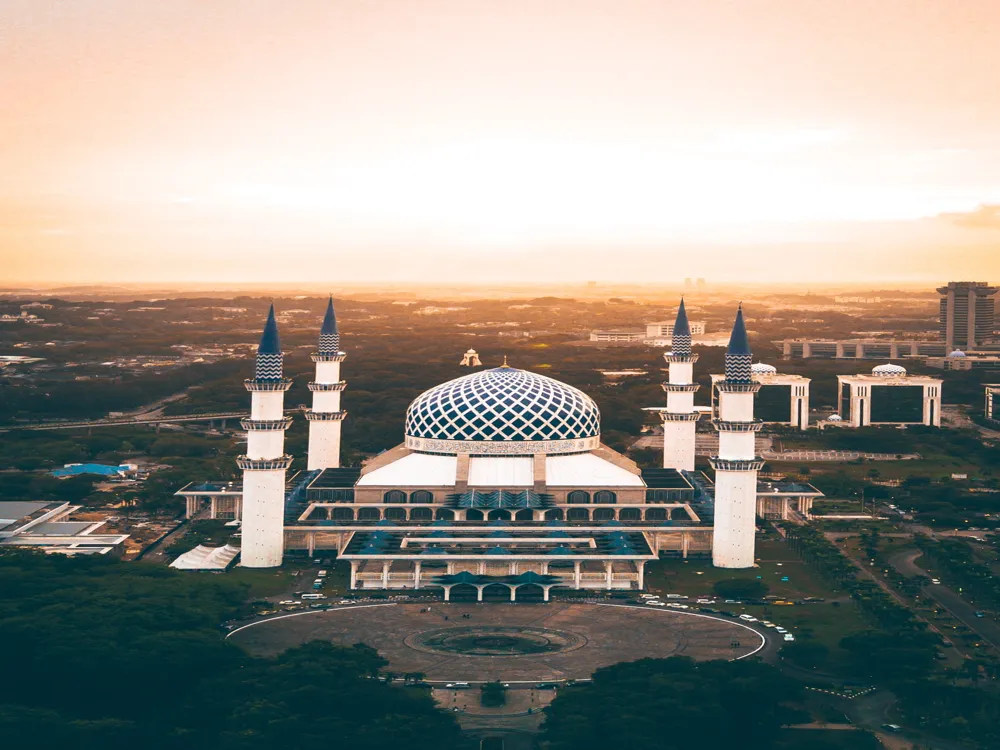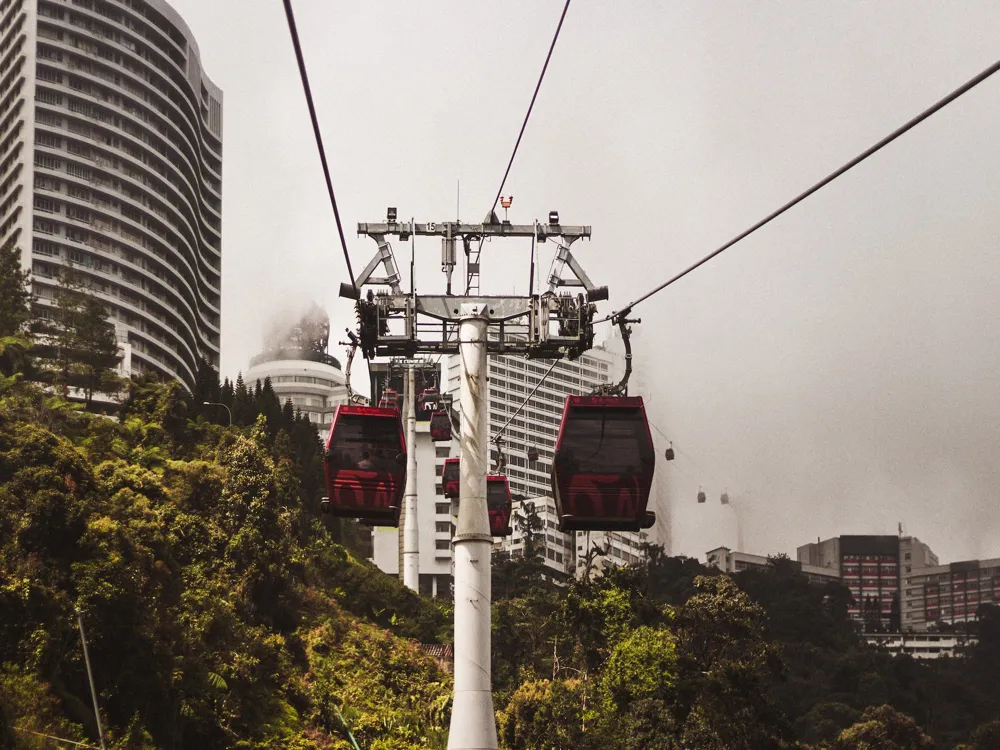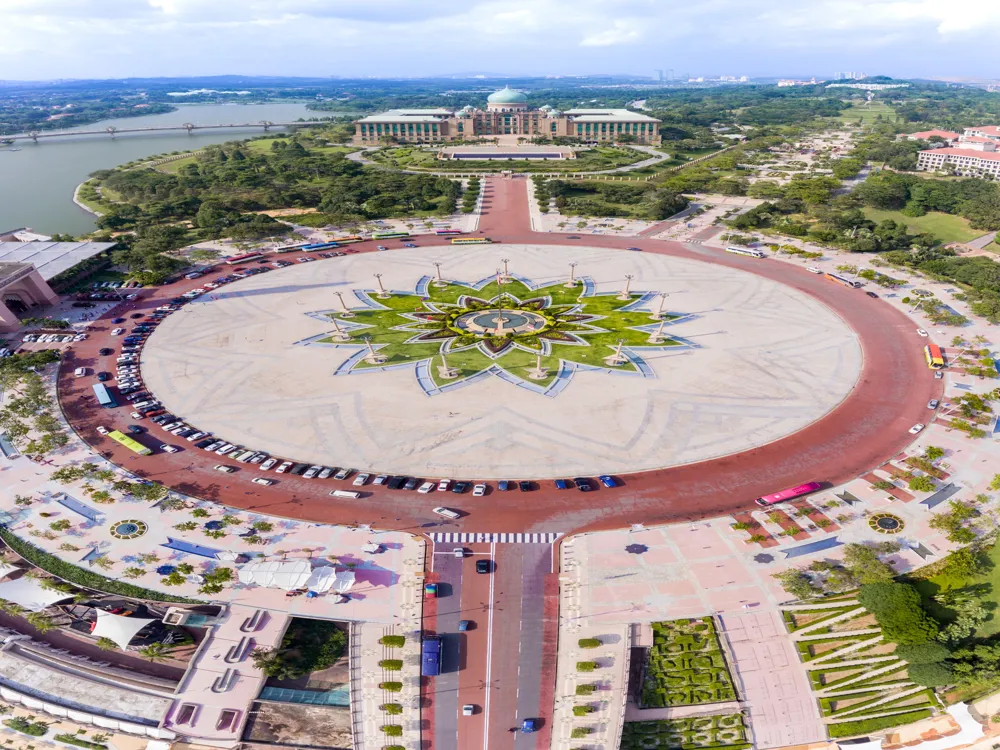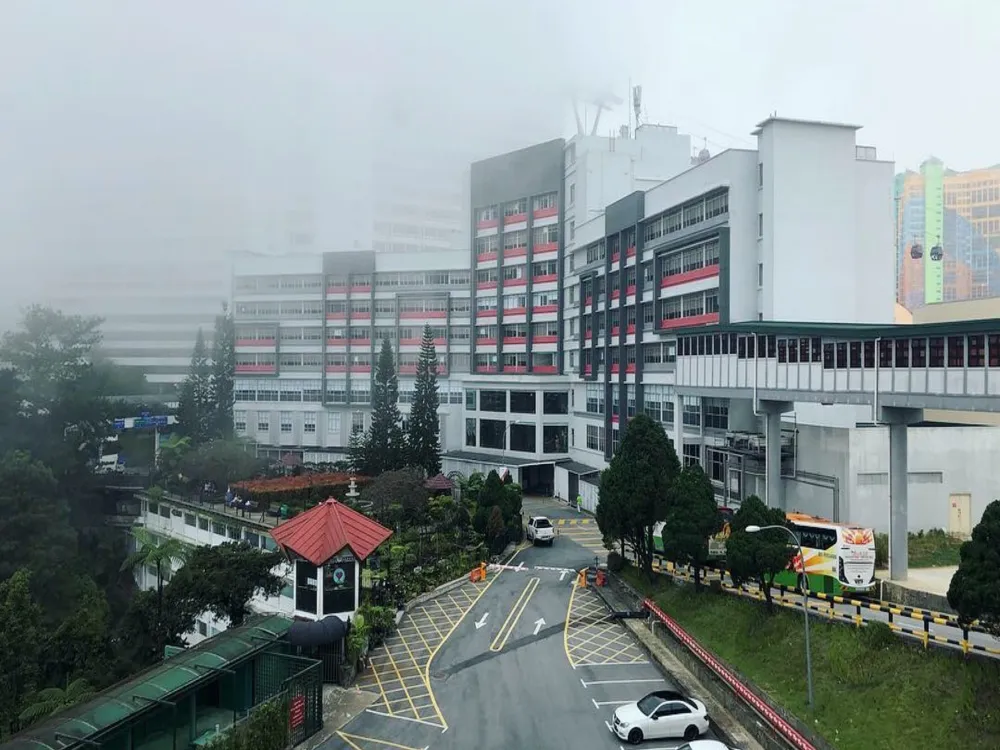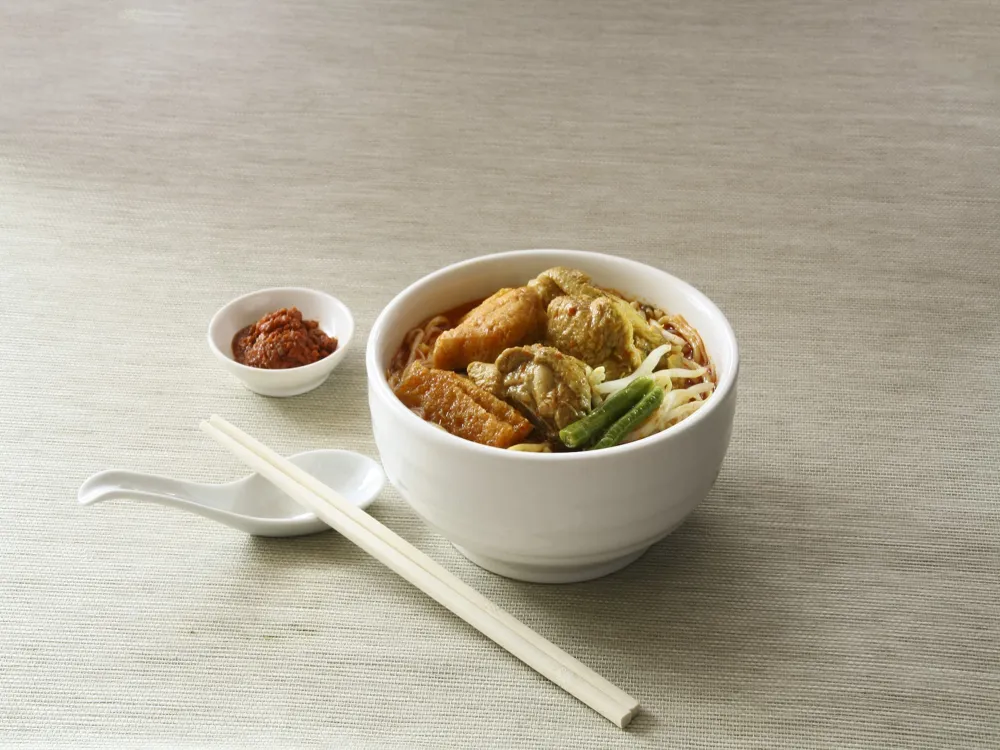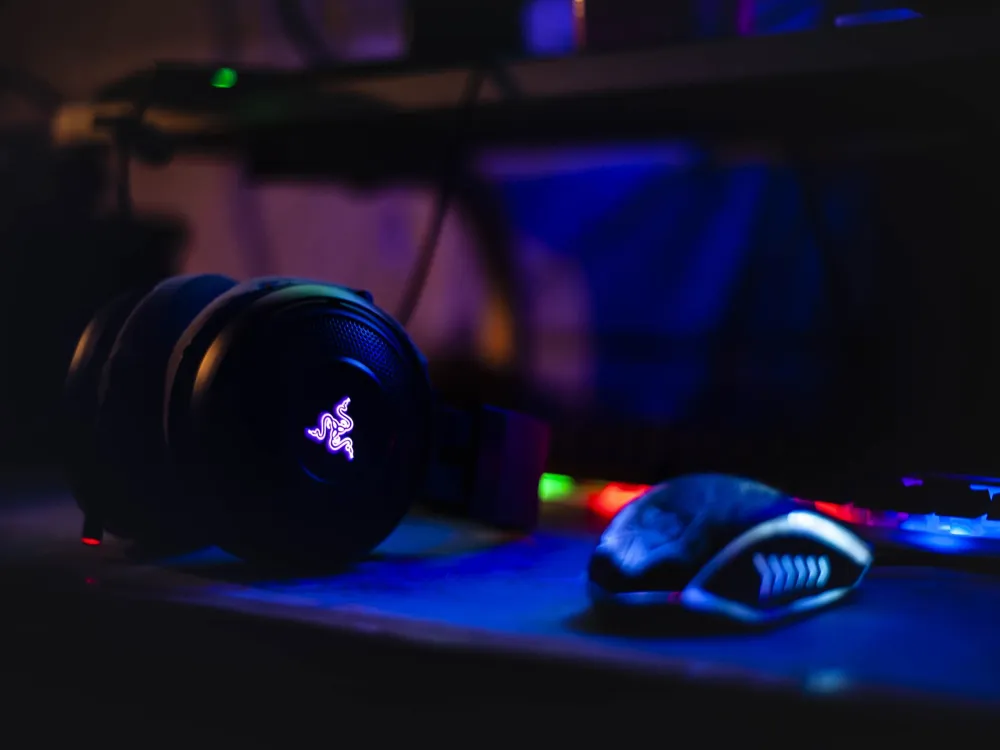Rumah Penghulu Abu Seman, nestled in the bustling city of Kuala Lumpur, stands as a testament to Malaysia's rich cultural heritage. This traditional Malay house, once the residence of a village headman, Penghulu Abu Seman, has been meticulously preserved and relocated from its original location in Kedah to the heart of Kuala Lumpur. Today, it serves not only as a historical site but also as a bridge connecting the modern city to its traditional roots. The house's history dates back to the early 20th century, offering a glimpse into the lifestyle and architectural ingenuity of that era. The relocation and restoration of Rumah Penghulu Abu Seman were undertaken with great care, ensuring that every aspect of its original design and structure was retained. This endeavor has made the house a valuable piece of living history, allowing visitors to step back in time and experience the traditional Malay way of life. The architecture of Rumah Penghulu Abu Seman is a remarkable example of traditional Malay design, characterized by its harmonious blend with the natural environment. The house is constructed entirely from local timber, reflecting the resourcefulness and craftsmanship of Malay artisans. The use of stilts, a common feature in traditional Malay architecture, elevates the house above the ground, providing protection from floods and wildlife while promoting natural ventilation. One of the most striking features of Rumah Penghulu Abu Seman is its intricate wooden carvings, which adorn the walls, windows, and doors. These carvings are not merely decorative; they are imbued with symbolism and often tell stories or convey cultural values. The Rumah Penghulu also showcases the traditional 'Rumah Bumbung Panjang' or 'Long Roof House' design, indicative of status and social standing in Malay society. The layout of the house is equally fascinating, divided into several distinct sections, each serving a specific purpose. The 'serambi' (veranda) acts as a welcoming area for guests, the 'rumah ibu' (main house) is the central living space, and the 'dapur' (kitchen) is typically detached from the main structure to reduce the risk of fire. This spatial arrangement reflects the communal and family-oriented nature of Malay culture. As a visitor, it's important to show respect for the cultural significance of Rumah Penghulu Abu Seman. Dress modestly, speak softly, and be mindful of your surroundings to preserve the tranquility of the site. Consider joining a guided tour to gain deeper insights into the history and architecture of the house. Knowledgeable guides can provide fascinating anecdotes and explain the symbolism behind various architectural elements. Photography is allowed, but be respectful. Avoid using flash indoors and ask for permission if you're photographing areas where signs indicate restrictions. Rumah Penghulu Abu Seman is accessible and well-connected to the rest of Kuala Lumpur. Visitors can opt for public transportation like buses and trains, with the nearest stations being the Bukit Bintang and Raja Chulan Monorail stations. Taxis and ride-hailing services offer a more direct route to the site. For those driving, parking is available in the vicinity, but it's advisable to arrive early as spaces are limited. The central location of Rumah Penghulu Abu Seman makes it an easy addition to any Kuala Lumpur itinerary, providing a serene escape from the hustle and bustle of city life. Read More:Overview of Rumah Penghulu Abu Seman in Kuala Lumpur
Architecture of Rumah Penghulu Abu Seman
Tips When Visiting Rumah Penghulu Abu Seman
Respect the Cultural Heritage
Guided Tours
Photography Etiquette
How To Reach Rumah Penghulu Abu Seman
Rumah Penghulu Abu Seman
Kuala Lumpur
₹ 18,000 onwards
View kuala-lumpur Packages
Weather :
Tags : Landmark
Timings : Monday - Saturday: 11:00 AM - 3:00 PM
Closed on Sunday and Public holidays
Entry Fees : RM 10
Guided Tour : Cost: Starting from RM 10 (per head)
Timings: 11:00 AM- 3:00 PM
Days: Monday-Saturday
Planning a Trip? Ask Your Question
Kuala-lumpur Travel Packages
View All Packages For Kuala-lumpur
Top Hotel Collections for Kuala-lumpur

Private Pool

Luxury Hotels

5-Star Hotels

Pet Friendly
Top Hotels Near Kuala-lumpur
Other Top Ranking Places In Kuala-lumpur
View All Places To Visit In kuala-lumpur
View kuala-lumpur Packages
Weather :
Tags : Landmark
Timings : Monday - Saturday: 11:00 AM - 3:00 PM
Closed on Sunday and Public holidays
Entry Fees : RM 10
Guided Tour : Cost: Starting from RM 10 (per head)
Timings: 11:00 AM- 3:00 PM
Days: Monday-Saturday
Planning a Trip? Ask Your Question
Kuala-lumpur Travel Packages
View All Packages For Kuala-lumpur
Top Hotel Collections for Kuala-lumpur

Private Pool

Luxury Hotels

5-Star Hotels

Pet Friendly







